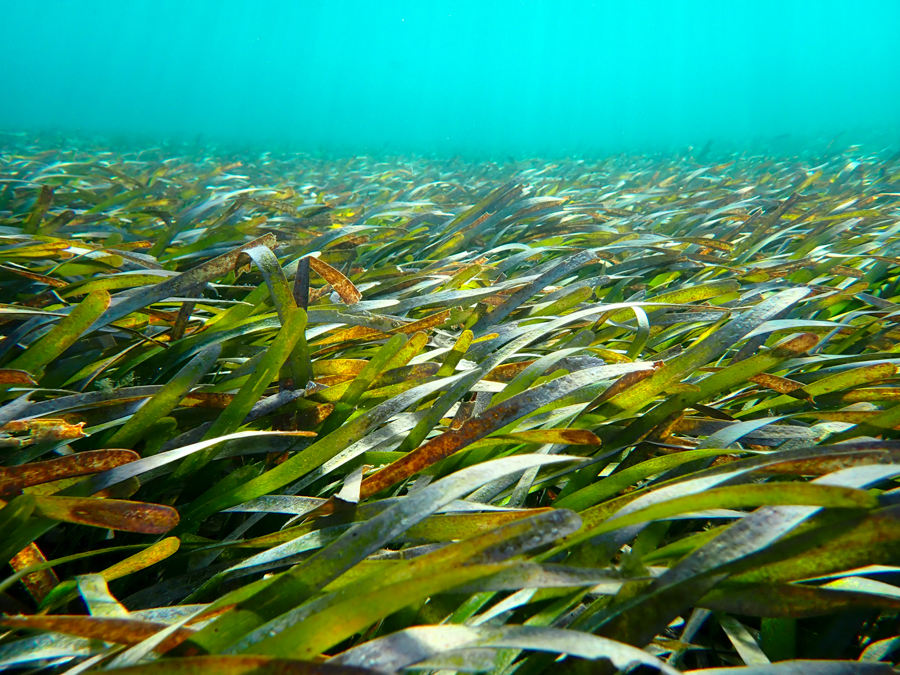
Earlier this year, the Khaled bin Sultan Living Oceans Foundation joined Dr. Ved Chirayath on a research mission to survey and map coral reefs in Lana’i, Hawaii. Chirayath leads the University of Miami’s Rosenstiel School of Marine, Atmospheric, and Earth Science’s Aircraft Center for Earth Studies (ACES), and has pioneered a new approach to mapping reefs using drones equipped with fluid lensing technology.
Fluid lensing harnesses the unique power of waves to magnify and concentrate light on the seafloor, essentially allowing users to see through the water and map the seafloor in stunning detail. (This is a gross oversimplification, for more information on this cutting-edge technology, click here.)
Our Director of Science Management, Alexandra Dempsey, joined the research mission to ground-truth the data using traditional underwater benthic and fish survey methods. The foundation honed these survey skills over many years, surveying over 1,000 coral reefs around the world on the Global Reef Expedition. We are thrilled to once again be in the field and putting our skills to good use to survey and map coral reefs.
Combining our extensive experience conducting benthic surveys with Chirayath’s pioneering work using fluid lensing, we were able to map and image over five times the promised area of critical coral reef habitat and validate it with our in-situ benthic survey methods.
We also introduced NeMO-Net, a citizen science game for classifying coral reefs, to Lana’i High School students. The high resolution 3D images will be used by ecosystem managers and will be imported into NeMO-Net as playable levels in a few months.
This research mission was supported by a grant from the National Fish and Wildlife Foundation in partnership with Pulama Lana’i.




Images and video courtesy of Stephanie Wright, Research Assistant, MPS Candidate, ACES


